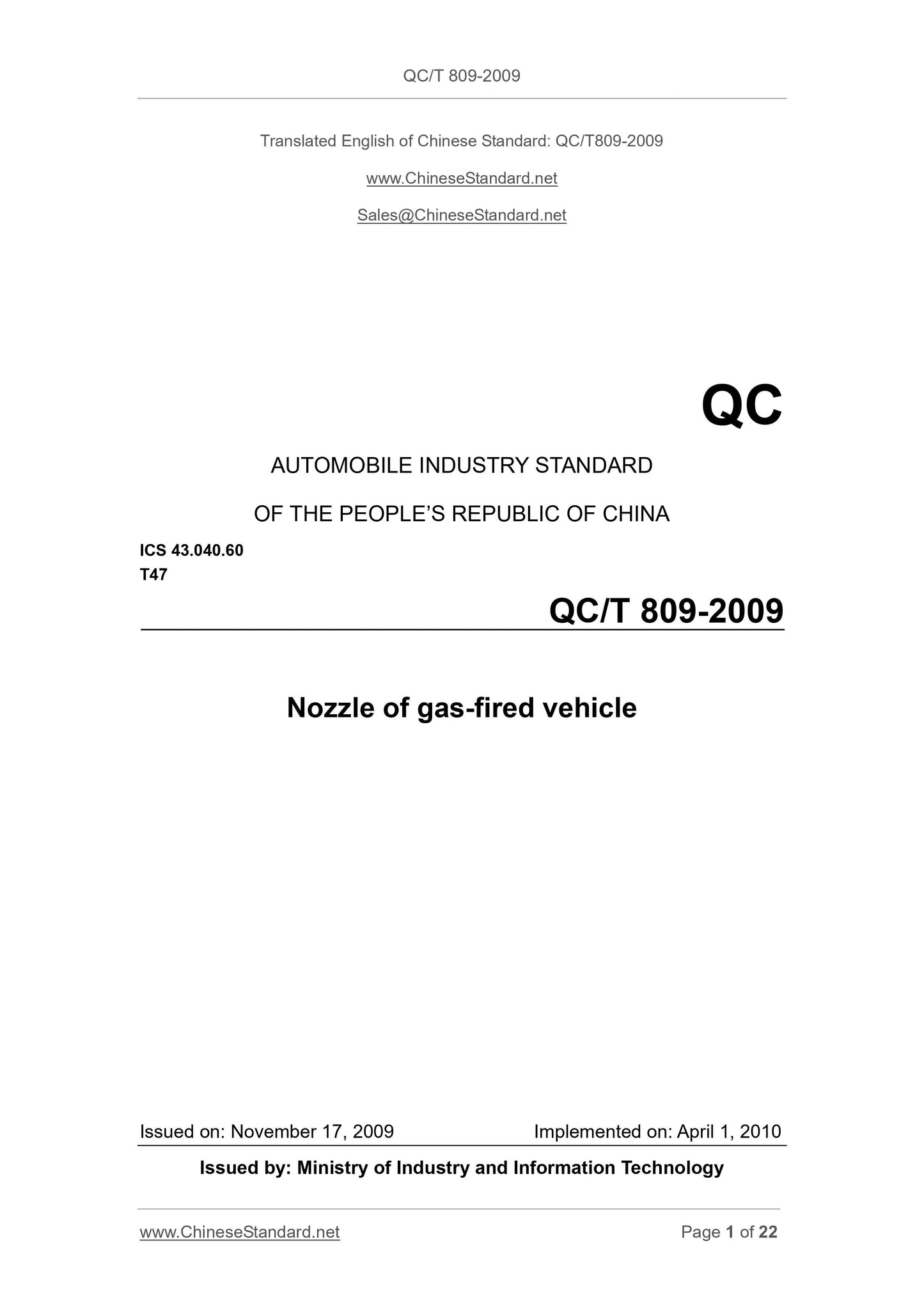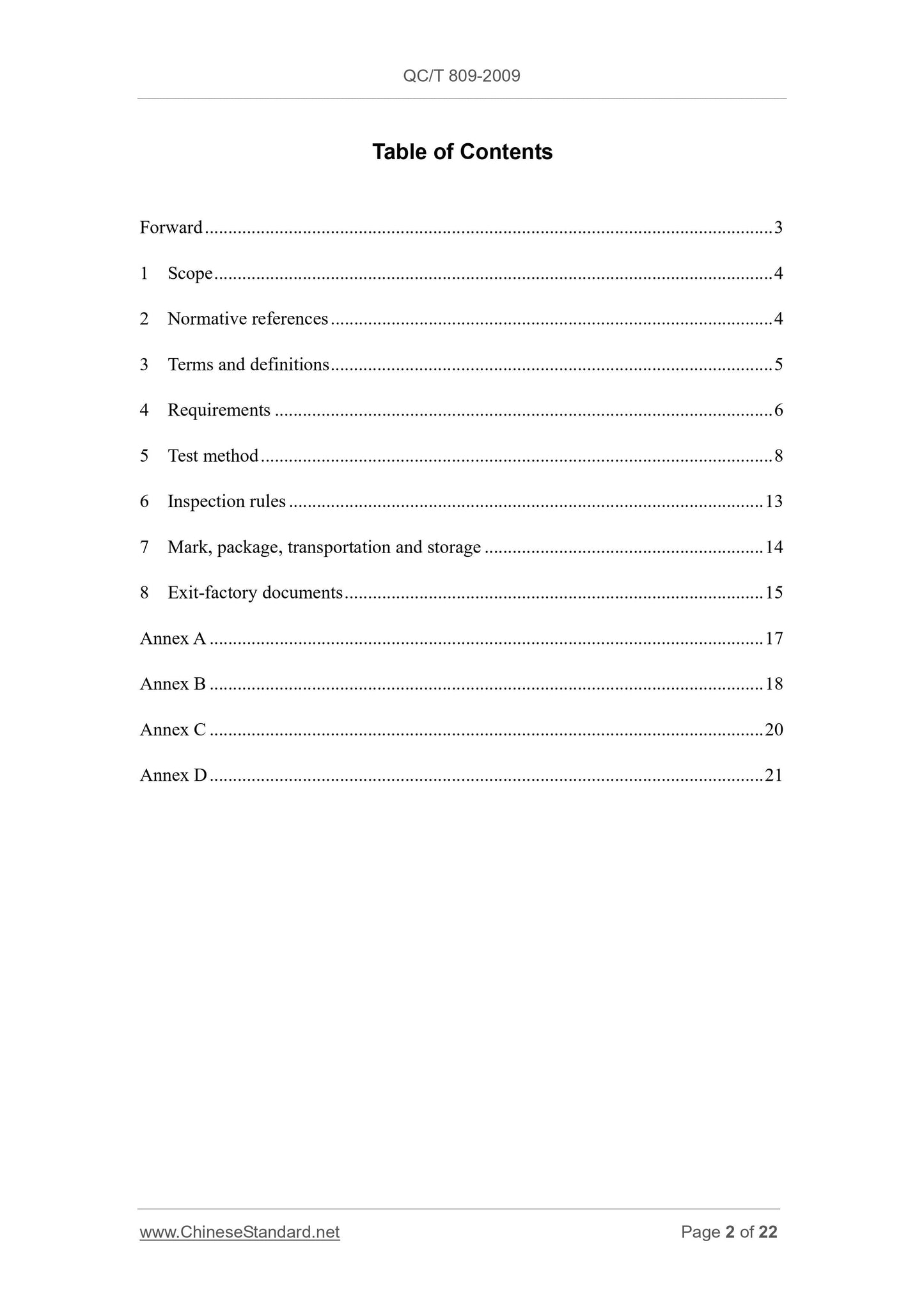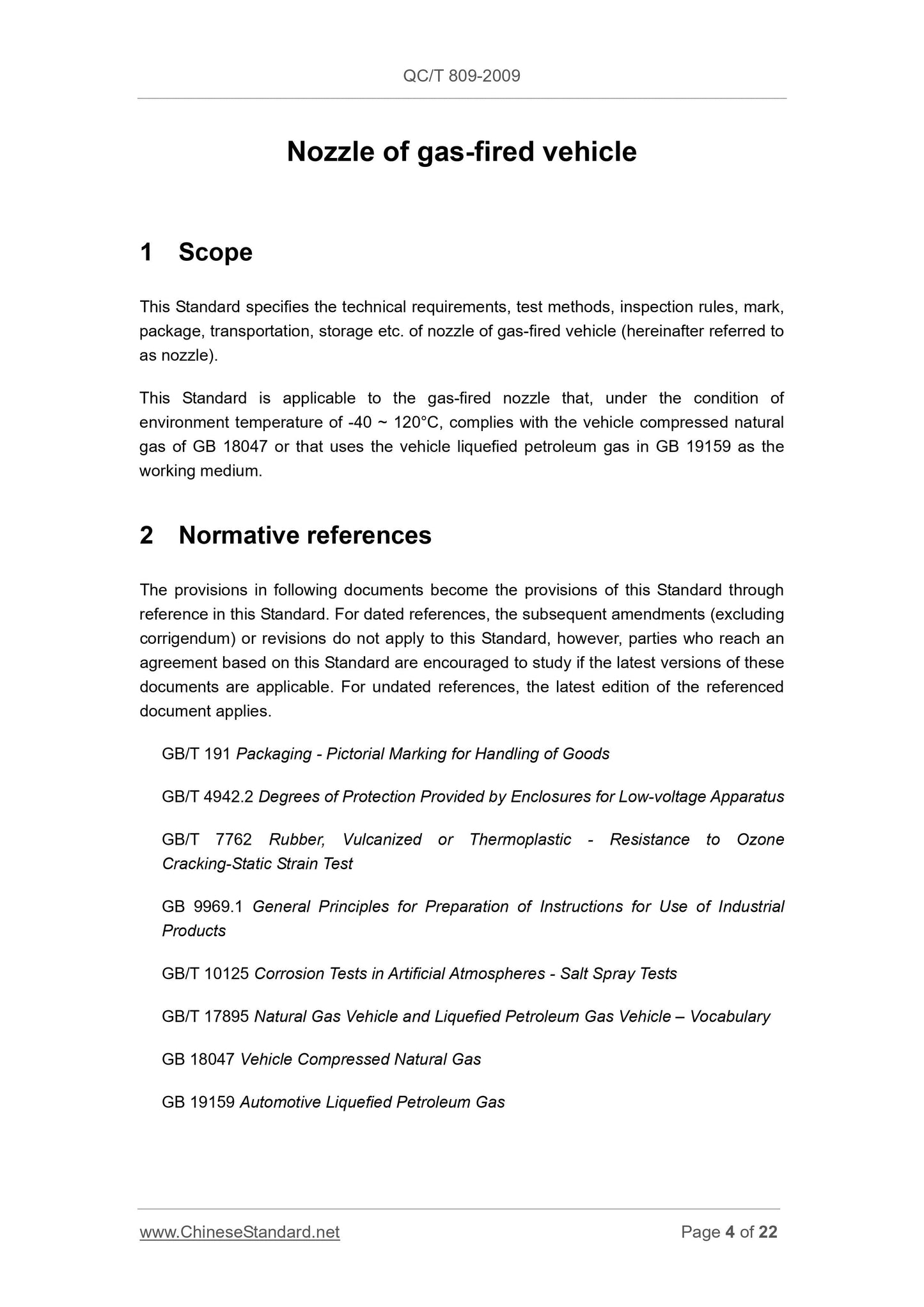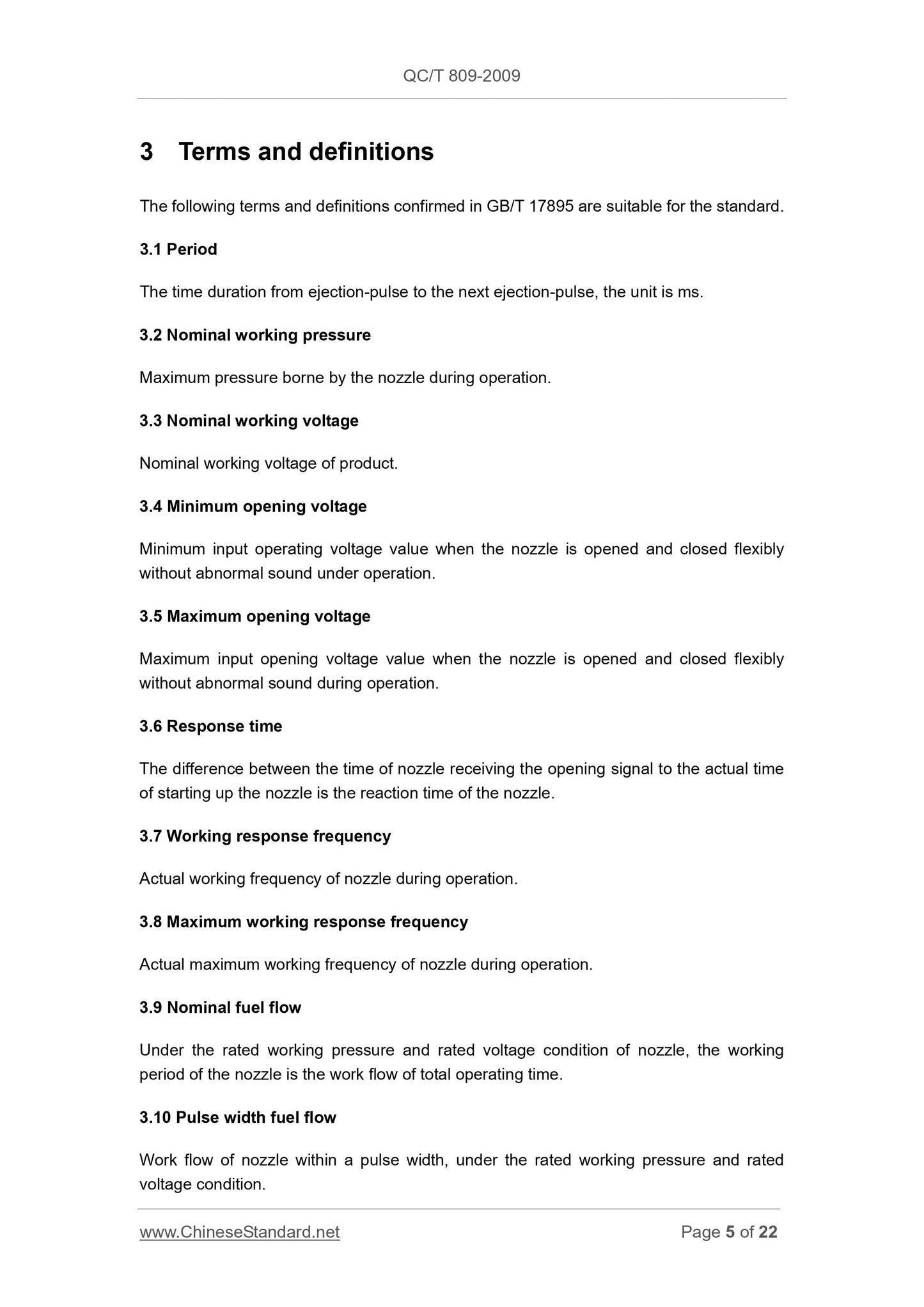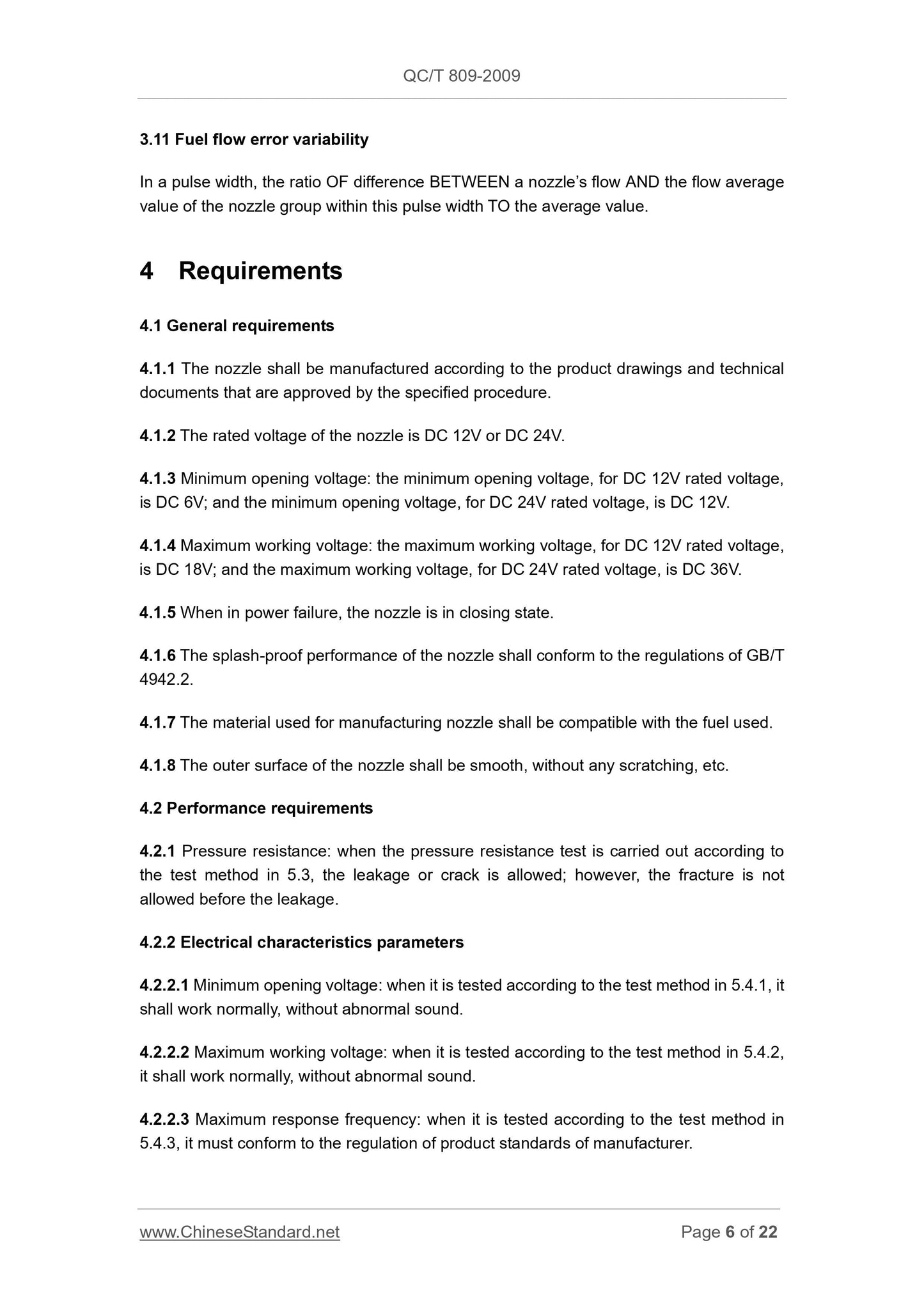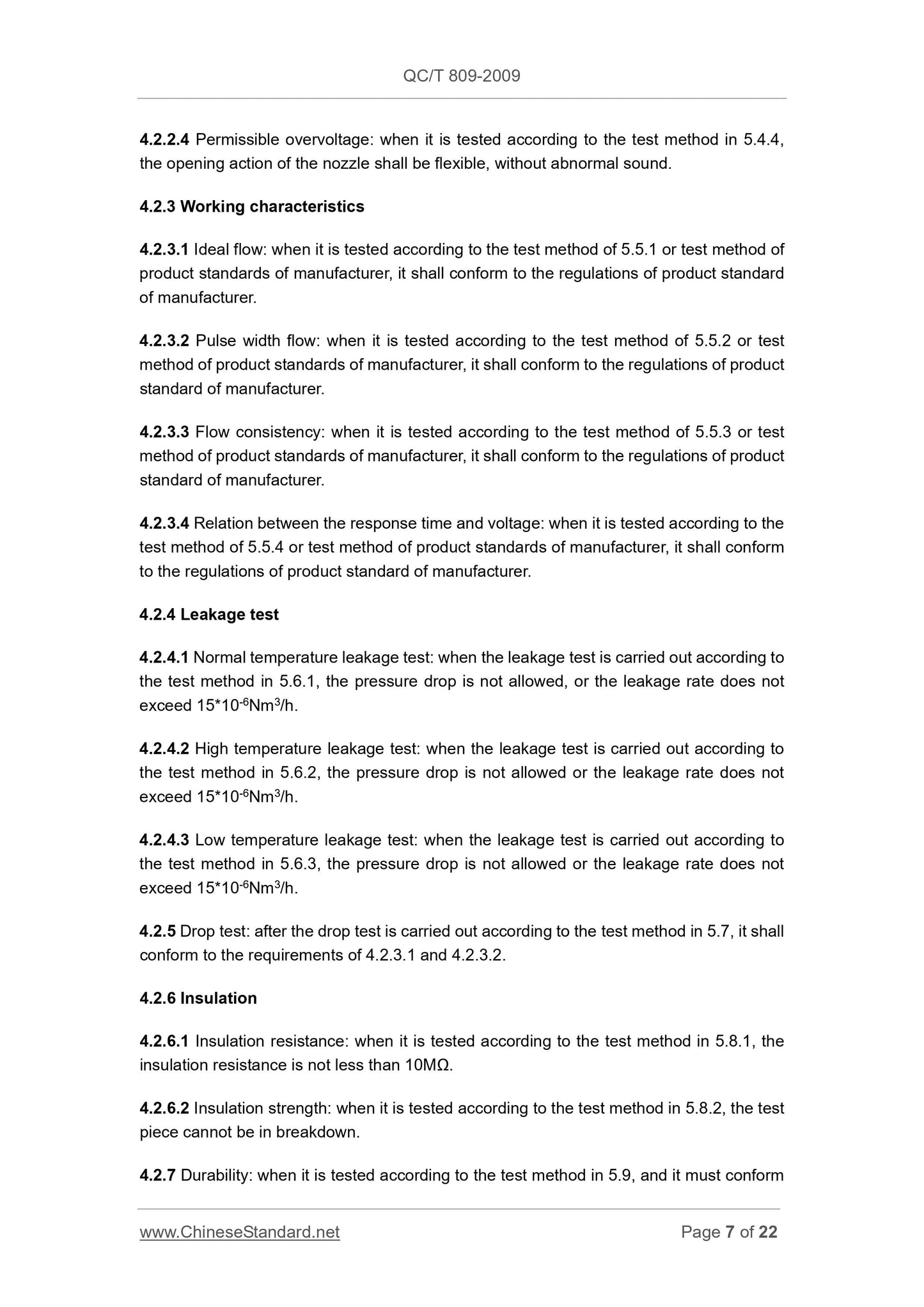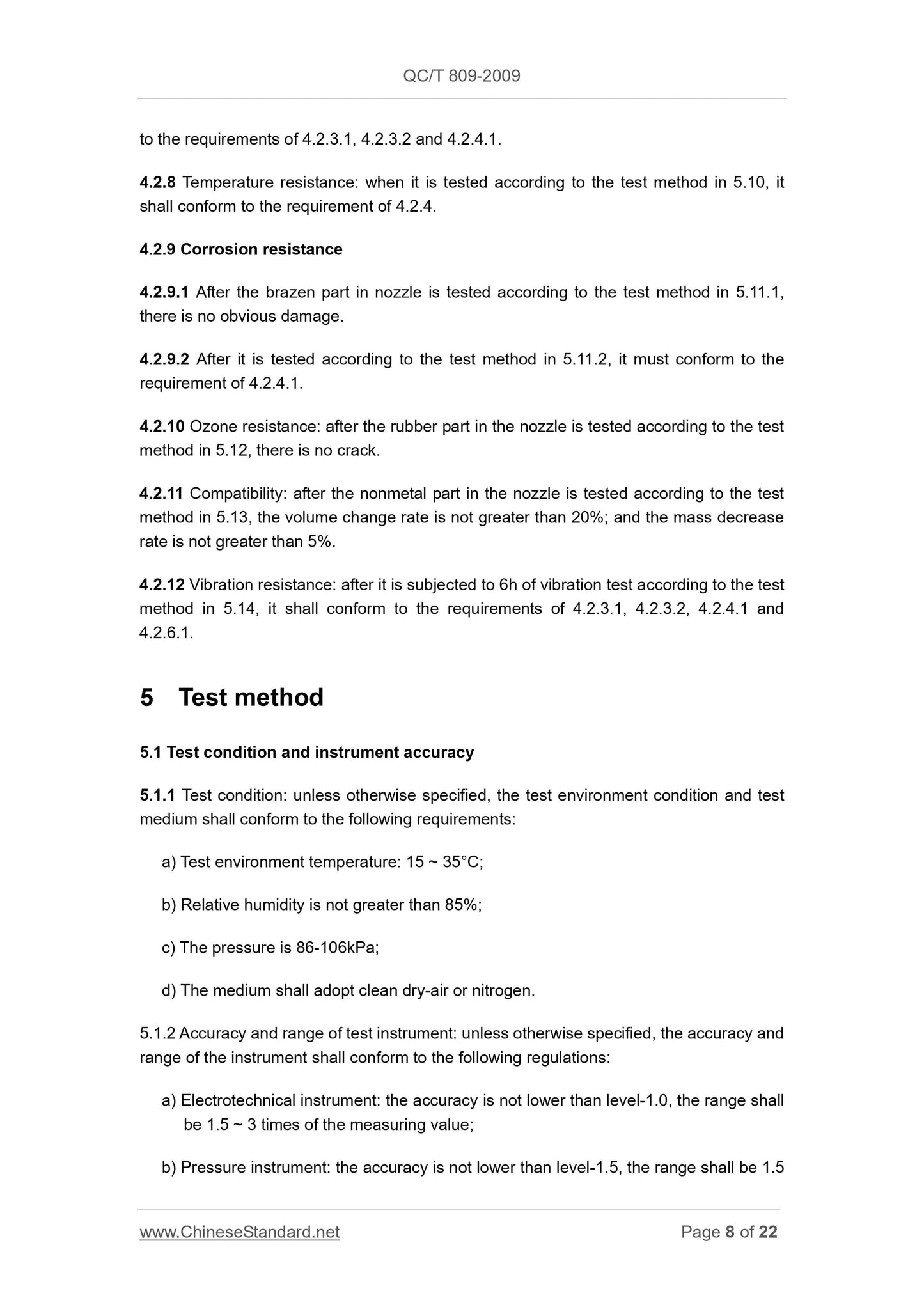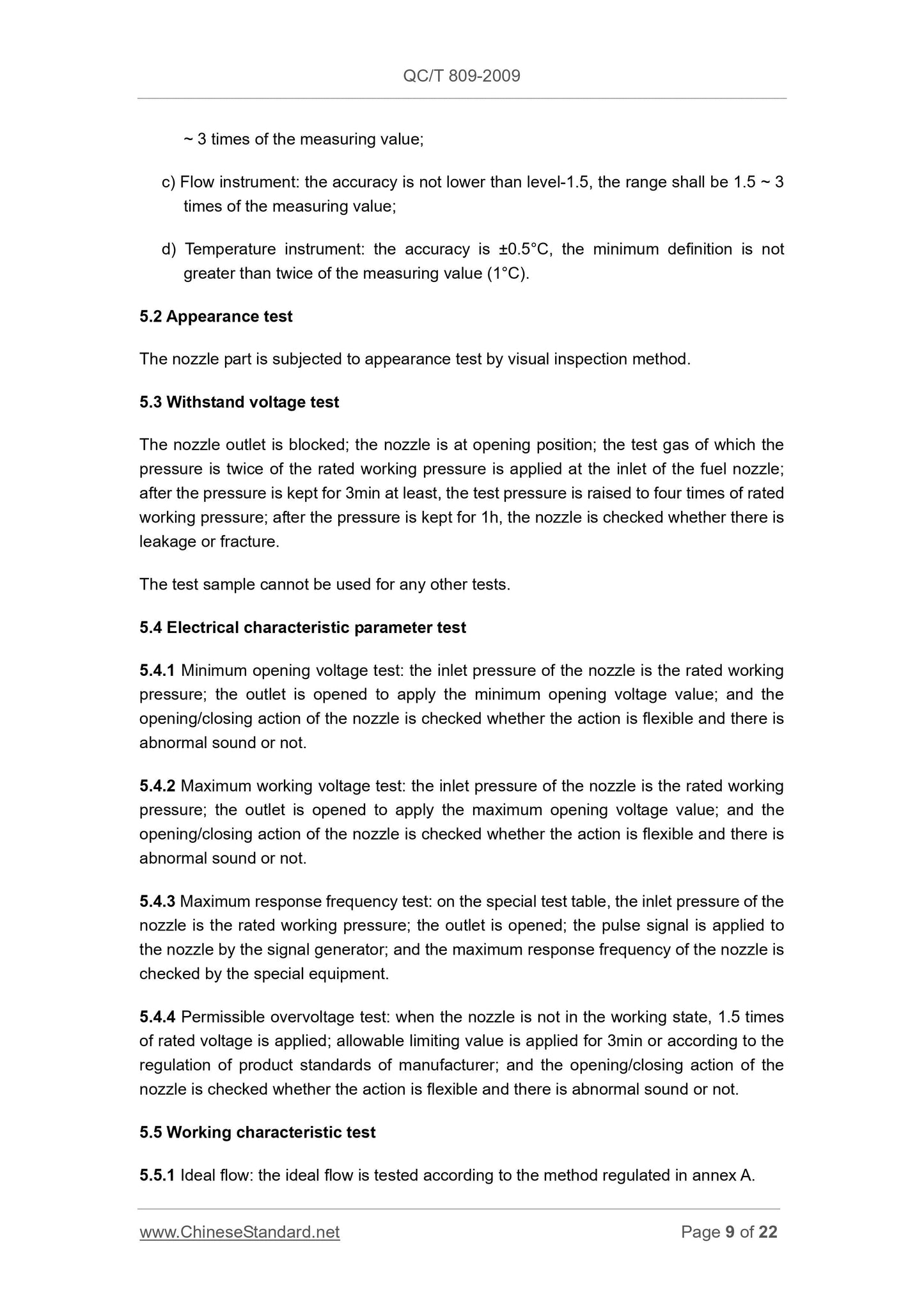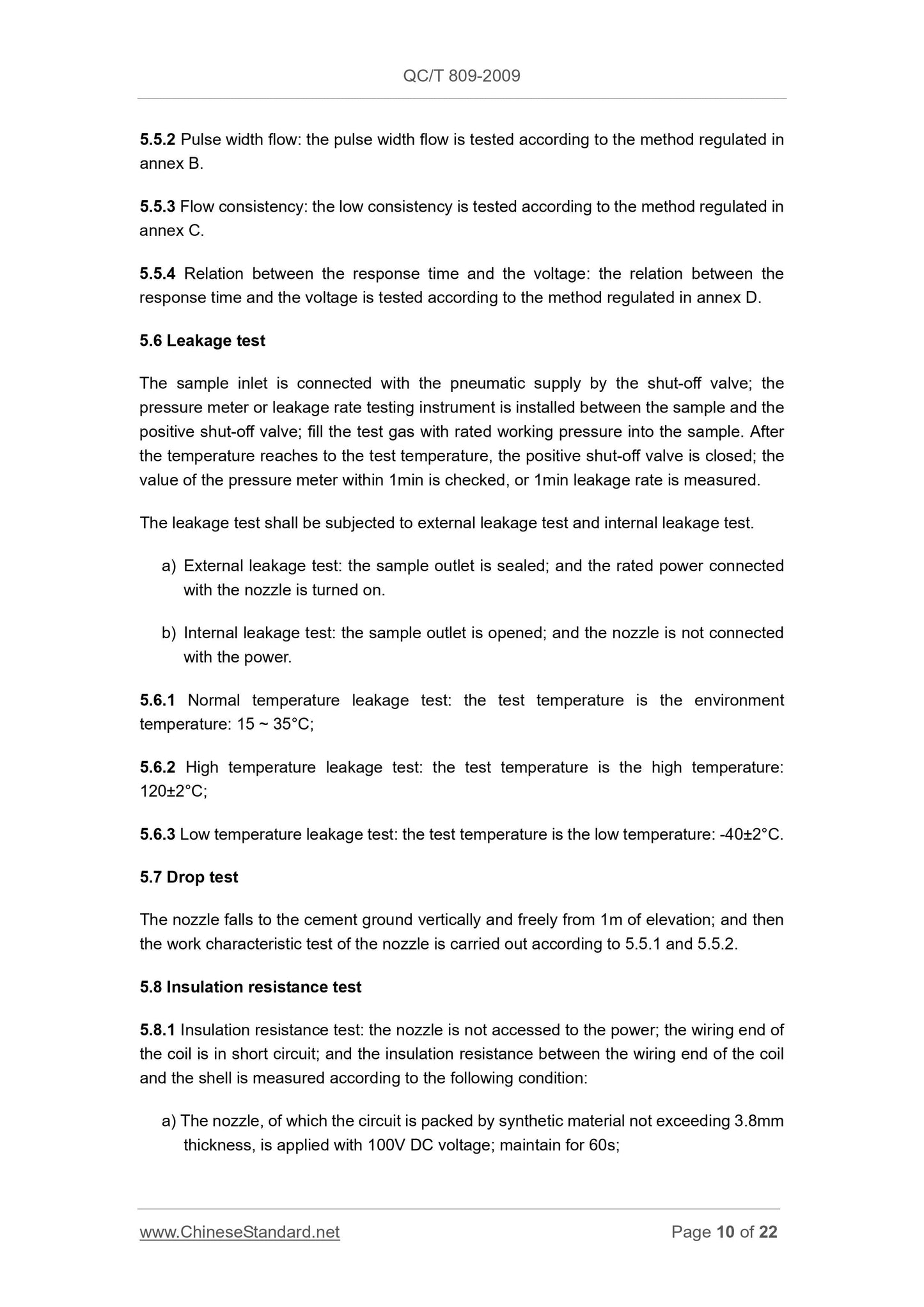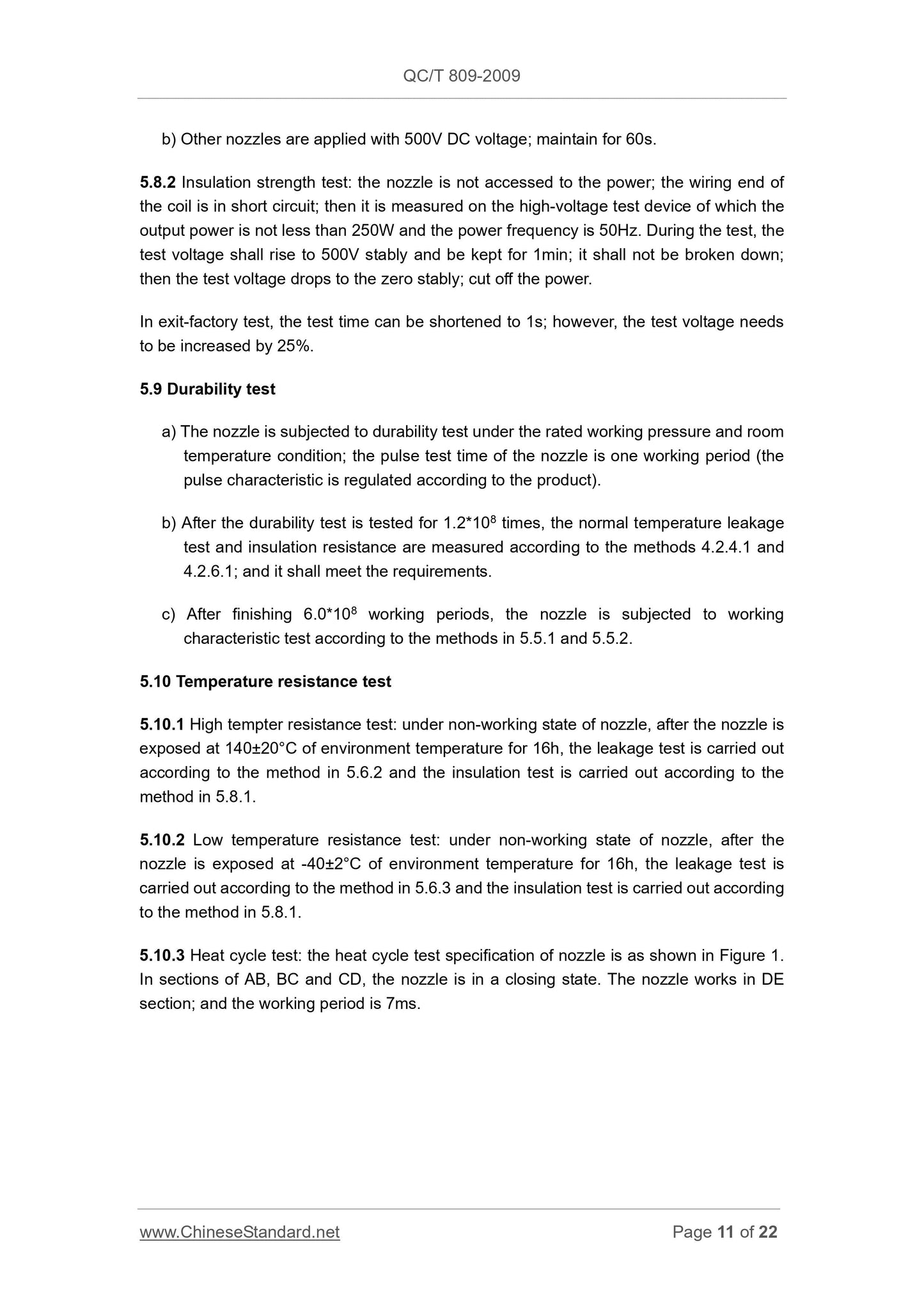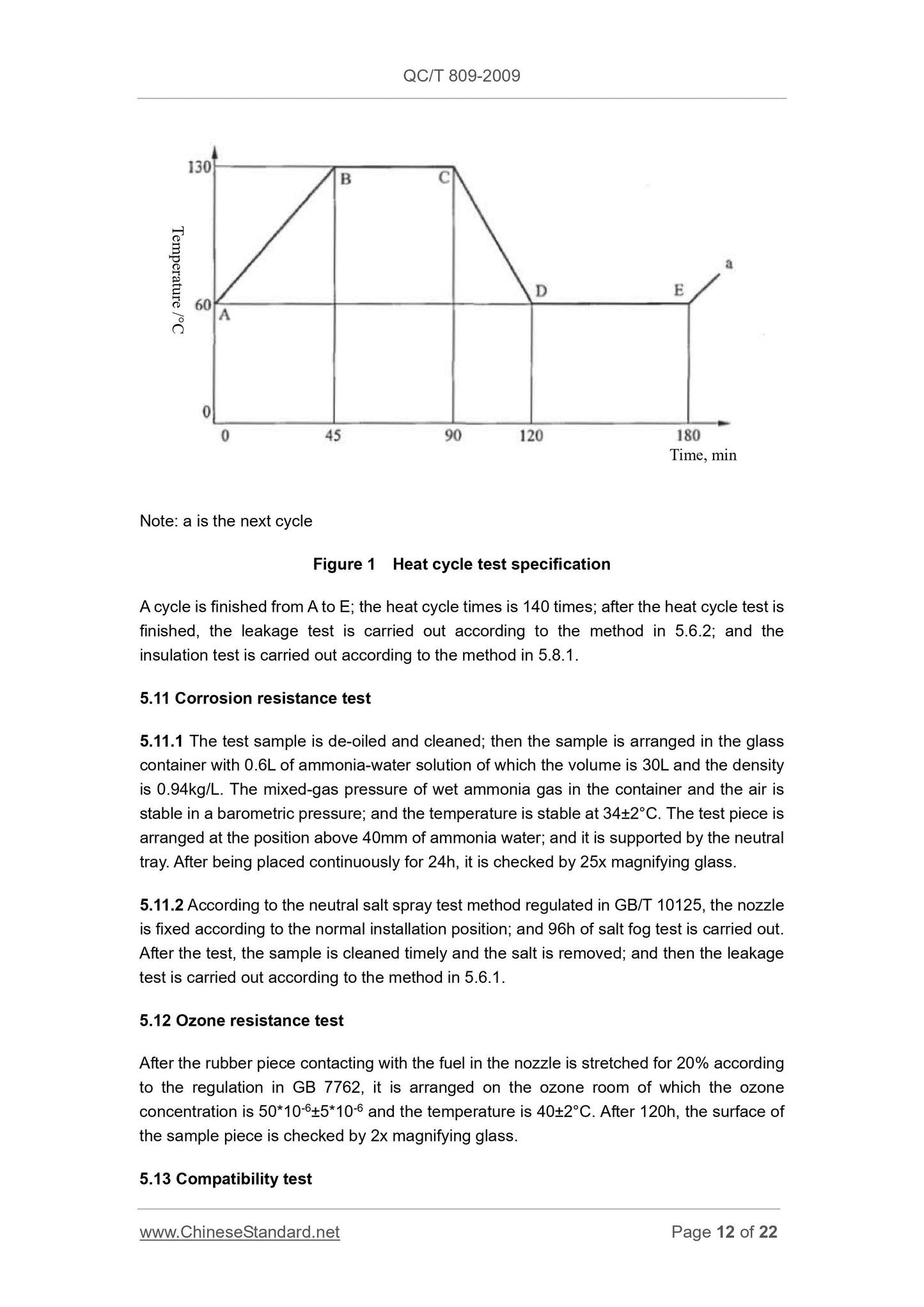1
/
of
12
www.ChineseStandard.us -- Field Test Asia Pte. Ltd.
QC/T 809-2009 English PDF (QC/T809-2009)
QC/T 809-2009 English PDF (QC/T809-2009)
Regular price
$150.00
Regular price
Sale price
$150.00
Unit price
/
per
Shipping calculated at checkout.
Couldn't load pickup availability
QC/T 809-2009: Nozzle of gas-fired vehicle
Delivery: 9 seconds. Download (and Email) true-PDF + Invoice.Get Quotation: Click QC/T 809-2009 (Self-service in 1-minute)
Newer / historical versions: QC/T 809-2009
Preview True-PDF
Scope
This Standard specifies the technical requirements, test methods, inspection rules, mark,package, transportation, storage etc. of nozzle of gas-fired vehicle (hereinafter referred to
as nozzle).
This Standard is applicable to the gas-fired nozzle that, under the condition of
environment temperature of -40 ~ 120°C, complies with the vehicle compressed natural
gas of GB 18047 or that uses the vehicle liquefied petroleum gas in GB 19159 as the
working medium.
Basic Data
| Standard ID | QC/T 809-2009 (QC/T809-2009) |
| Description (Translated English) | Nozzle of gas-fired vehicle |
| Sector / Industry | Automobile and Vehicle Industry Standard (Recommended) |
| Classification of Chinese Standard | T47 |
| Classification of International Standard | 43.040.60 |
| Word Count Estimation | 18,187 |
| Date of Issue | 2009-11-17 |
| Date of Implementation | 2010-04-01 |
| Quoted Standard | GB/T 191; GB/T 4942.2; GB/T 7762; GB 9969.1; GB/T 10125; GB/T 17895; GB 18047; GB 19159 |
| Regulation (derived from) | MIIT (2009) No. 63; industry standard filing Notice 2010 No. 2 (No. 122 overall) |
| Issuing agency(ies) | Ministry of Industry and Information Technology |
| Summary | This standard specifies the vehicle gas nozzle of the technical requirements, test methods, inspection rules, marking, transportation and storage. This standard applies at an ambient temperature of -40 degrees +120 degrees conditions, in order to meet the requirements of GB 18047 or compressed natural gas vehicle meet the requirements of GB 19159 autogas as the working medium automotive gas nozzles. |
Share
